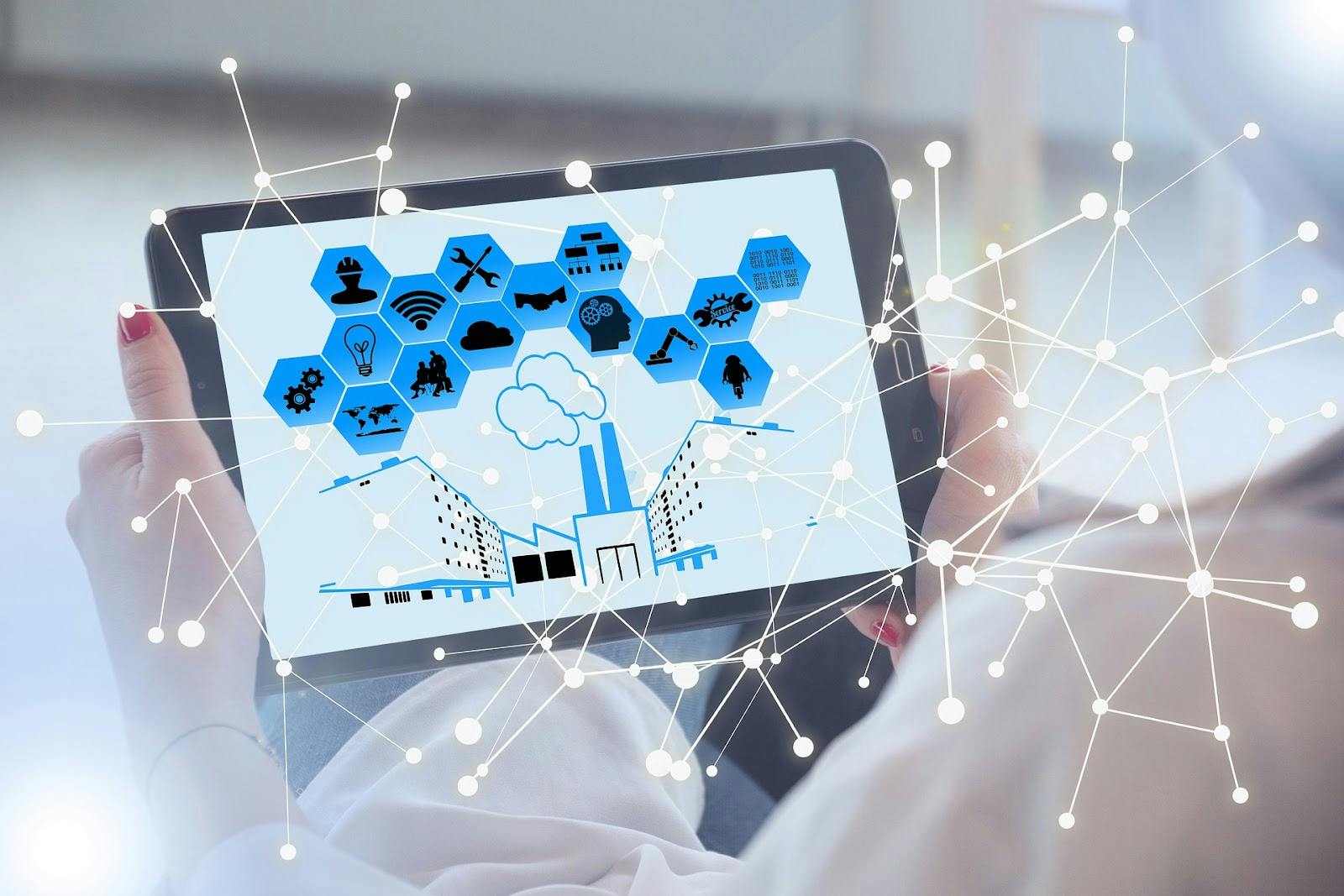
Over the last year, we have seen the Industrial IoT (IIoT) taking essential steps forward, crossing the border that previously separated IIoT early adopters from most companies.
Placing sensors into devices to create "smart" equipment has been one of the driving forces behind technological progress in the last couple of years. Industries of all kinds have done their research and finally started to work more intelligently and efficiently, allowing a constant flow of data from their assets. This trend shows little sign of stopping or even slowing down.
Bearing this in mind, the following are two emerging trends you need to watch regarding intelligent industrial devices in 2022. Firstly, there is an insatiable demand for better workflows enabled by data. Secondly, there is a pandemic-era supply chain entering its third year. These forces behind the scenes have revolutionized industrial IoT, and the conditions companies need to navigate today.
Industrial IoT: Rolling Out to More Users

Photo credits: By geralt
The acceleration of the industrial IoT has played out alongside a similar revolution in consumer technology that has seen everything from intelligent small home equipment to home security systems equipped with very advanced sensors. In addition, small and medium-sized companies finally realize the advantages of industrial IoT deployments in their day-to-day tasks by adding these tech tools to their usual operations.
Furthermore, there are a variety of smart devices available for industrial users. Some businesses harness augmented and virtual reality capabilities to assist or train their employees, while others use smart sensors on their heavy machinery.
Adding industrial IoT capabilities is not just a matter of increasing a company's existing capabilities with new tech tools; businesses base their business models and projections around the better efficiency of these solutions.
Supply Chain Concerns: The Biggest Threat to IoT Growth

Photo credits: by geralt
While the industrial IoT is increasing its force in companies' plans for this year, businesses still have many challenges to overcome, one of them is to learn the new hardware and software IoT tools. But one pressing issue that has touched so many corporate strategy areas since 2020 is continued supply chain disruptions, including a microprocessor shortage.
According to Forrester's 2022 predictions, while the Internet of Things will keep growing and evolving throughout the year, the expansion rate will be between 10% and 15%, lower if the supply chain is optimal. Moreover, other researchers predict that there will still be chip shortages through the middle of 2023, making it challenging to produce IoT sensors in the quantity companies desire or even need.
These predictions and research do not indicate a crash in the use of IoT devices. Although a lower growth rate is not positive news, the overall direction of the smart device market remains hopeful. These logistics issues are one more angle for the IT directors to consider as they prepare their strategies for this year and beyond.
Networking Equipment: Necessary for Tech Growth

Photo credits: by geralt
As more industries expand into industrial IoT use, they expect to discover a need for more reliable, secure networking than they have previously required. In addition, network automation is a new essential requirement, which will not change anytime soon. If industries want to keep up with the pace of evolution, they need to start adopting automation.
As a central touchpoint for managing traditional and cloud-native apps, network automation can be a central touchpoint for managing conventional and cloud-native apps. Human errors have been relevant factors driving the demand for network automation solutions. After all, network automation helps the teams to deliver apps faster and more smoothly than any manual operation.
Overall, the close future trend for industrial IoT is a positive, progressive future that offers lucrative opportunities to solution providers and companies implementing them. Organizations that observe the market trend and embrace the future sooner than their competitors will reap the benefits of early adoption and market leadership.